Jean Baudrillard’s theory of simulation and simulacra, as outlined in his seminal work Simulacra and Simulation, explores how hyperreality replaces authentic experiences in postmodern society.
1.1. Overview of Baudrillard’s Philosophical Contributions
Jean Baudrillard, a French philosopher and sociologist, is renowned for his critical analysis of modernity, capitalism, and postmodern culture. His theory of simulation and simulacra, outlined in Simulacra and Simulation, posits that society has become dominated by hyperreality—images, signs, and representations that replace authentic experiences. Baudrillard argues that in late capitalism, consumer culture and mass media construct false realities, masking the absence of underlying truths. His work critiques the commodification of reality and the erosion of meaning in a world saturated with simulations. Baudrillard’s ideas have profoundly influenced fields such as media studies, sociology, and cultural theory, offering a provocative lens to understand contemporary society.
1.2. Key Concepts: Simulation, Simulacra, and Hyperreality
Baudrillard’s theory centers on three interconnected concepts: simulation, simulacra, and hyperreality. Simulation refers to the process of creating representations or models of reality. Simulacra are copies without an original, detached from reality and functioning as substitutes. Hyperreality emerges when simulacra dominate, creating a world where simulations are indistinguishable from reality. In this state, society perceives hyperreality as more real than reality itself, leading to a loss of connection with the authentic. These concepts collectively describe how postmodern culture is shaped by mediated images and symbols, fundamentally altering human perception and interaction with the world. Baudrillard’s work highlights the profound implications of this shift.
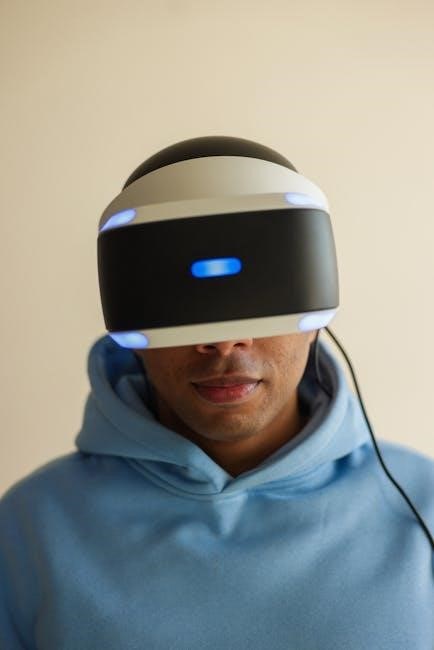
The Evolution of Simulation in Postmodern Society
The evolution of simulation in postmodern society traces the progression from reality to hyperreality, driven by media and technology, where simulations dominate human experience and perception.
2.1. Historical Development of the Concept of Simulation
The concept of simulation evolved significantly in postmodern thought, particularly through Jean Baudrillard’s work. Baudrillard’s Simulacra and Simulation (1981) posits that simulations, or copies without originals, replaced authentic reality. Historically, simulation was tied to representation, but in hyperreality, it becomes indistinguishable from reality itself. The rise of mass media and digital technologies accelerated this shift, creating layers of abstraction. Baudrillard’s theory traces this development, arguing that society transitioned from a world of direct experience to one dominated by models and images. This evolution reflects broader cultural and technological changes, shaping how individuals perceive and interact with their surroundings in a hyperreal world.
2.2. The Role of Mass Media in Shaping Simulacra
Mass media plays a pivotal role in shaping simulacra by disseminating images and representations that replace authentic experiences. According to Baudrillard, media saturation creates a hyperreal world where simulations dominate. The constant flow of information and images in postmodern society leads to the proliferation of copies without originals, blurring the lines between reality and illusion. Media’s ability to shape perceptions ensures that simulacra become the primary reference points for understanding the world. This process underscores how media constructs reality, often masking the absence of an underlying truth. As a result, society increasingly relies on mediated representations, further entrenching the dominance of simulacra.
2.3. The Transition from Reality to Hyperreality
Baudrillard’s theory describes the transition from reality to hyperreality as a process where simulations and models replace authentic experiences. In postmodern society, representations of reality, mediated by technology and mass media, become more influential than reality itself. This shift occurs as society becomes saturated with images, signs, and symbols that construct a world of hyperreality. The proliferation of digital technologies and media accelerates this transition, creating a realm where the simulated overtakes the real. As a result, individuals lose their connection to genuine experiences, embracing instead the artificial constructs of hyperreality. This irreversible transition fundamentally alters how society perceives and interacts with the world.
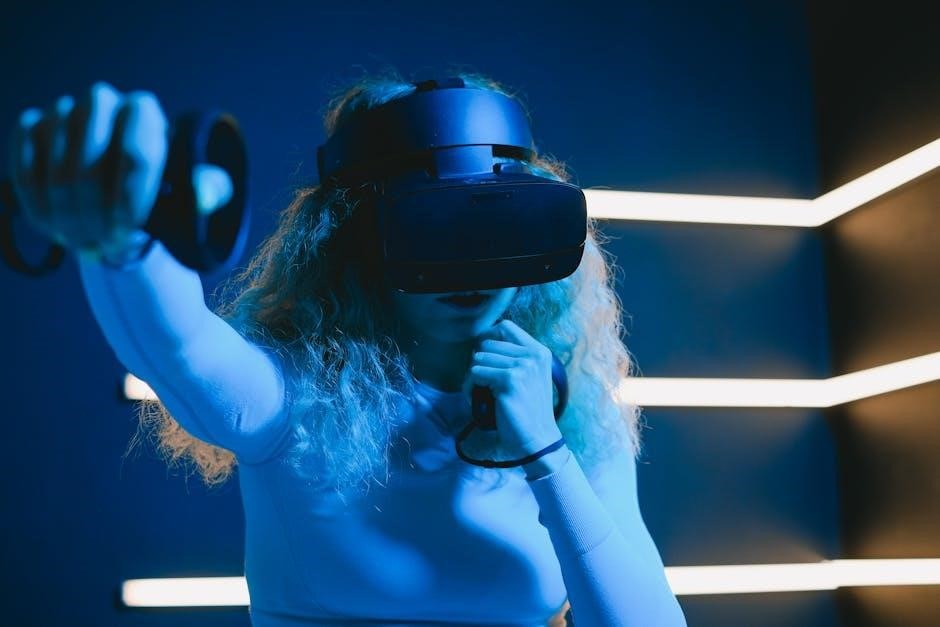
The Precession of Simulacra
Baudrillard’s concept of the precession of simulacra explains how simulations precede and shape reality, creating a world where copies without originals dominate, altering societal perceptions and interactions fundamentally.
3.1. The Simulacrum as a Copy Without an Original
Baudrillard defines the simulacrum as a copy without an original, a representation that lacks a tangible referent. In postmodern society, simulacra replace authentic experiences, creating hyperreality. These copies, such as digital images or virtual realities, are not grounded in reality but exist as self-referential constructs. Baudrillard argues that simulacra mask the absence of truth, leading to a world where simulations are indistinguishable from reality. This concept challenges traditional notions of reality and representation, emphasizing the dominance of hyperreality in contemporary culture. The simulacrum, therefore, becomes a fundamental element in understanding how society interacts with and perceives its environment.
3.2. The Masking of Truth in Contemporary Culture
Baudrillard argues that simulacra mask the absence of truth, creating a hyperreal world where simulations replace authentic experiences. In contemporary culture, media and technology perpetuate this masking, presenting fabricated realities as true. This leads to a society where individuals interact with representations rather than reality itself. The proliferation of digital images, social media, and virtual realities exemplifies this phenomenon. Baudrillard contends that truth becomes obscured, and its absence is concealed by layers of simulation. This masking of truth results in a disconnection from genuine experiences, fostering a culture of superficiality and illusion. Ultimately, the line between reality and simulation becomes increasingly blurred.
3.3. The Implications of Living in a Hyperreal World
Living in a hyperreal world, as Baudrillard suggests, leads to a profound disconnection from authentic reality. Simulacra dominate everyday experiences, shaping perceptions through media, digital images, and virtual realities. This hyperreality fosters superficiality, as individuals prioritize representations over genuine interactions. The blurring of reality and simulation results in a loss of critical engagement, as people increasingly accept fabricated truths. Ethical concerns arise, as hyperreality can manipulate beliefs and behaviors, undermining trust in objective truth. Ultimately, the hyperreal world challenges individuals to discern reality from illusion, raising questions about the future of authenticity in a society saturated with simulations.
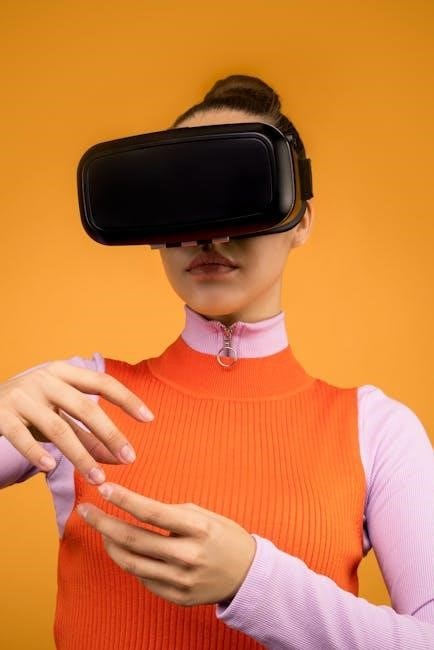
Philosophical Foundations of Baudrillard’s Theory
Baudrillard’s theory is rooted in Marxism, postmodernism, and semiotics, critiquing modernity’s representations and exploring how signs and symbols construct reality, shaping his concepts of simulation and simulacra.
4.1. Influence of Marxism and Postmodernism
Jean Baudrillard’s theory of simulation and simulacra draws heavily from Marxist critiques of capitalism and postmodernist philosophy. Marxism influenced his analysis of commodification and the alienation of meaning in consumer society. Postmodernism shaped his ideas on the fragmentation of reality and the dominance of images over material conditions. Baudrillard argued that capitalism’s shift from production to simulation created a world where signs and symbols replaced tangible reality. This synthesis of Marxist and postmodern thought led to his concept of hyperreality, where simulations of reality govern social and economic relations, masking the absence of underlying truth or authenticity.
4.2. The Role of Semiotics in Understanding Simulacra
Semiotics, the study of signs and symbols, is central to understanding Baudrillard’s theory of simulacra. He argues that in hyperreality, signs and symbols lose their connection to reality, becoming self-referential systems. Baudrillard draws on Ferdinand de Saussure’s structural linguistics, emphasizing how signs acquire meaning through arbitrary relationships rather than inherent connection to objects. This concept is crucial for grasping how simulacra—copies without originals—shape perceptions and experiences. By analyzing the circulation of signs in media and culture, Baudrillard reveals how hyperreality is constructed and maintained, dominating human understanding and interaction in postmodern society. Semiotics thus provides the theoretical framework for decoding the mechanisms of simulation.
4.3. Critique of Modernity and Its Representations
Baudrillard’s theory critiques modernity’s reliance on representations that obscure reality. He argues that modern society, driven by capitalism and technology, replaces authentic experiences with simulations. Baudrillard contends that modernity’s emphasis on progress and rationality masks the proliferation of hyperreality, where images and signs dominate over material reality. This critique extends to how media and consumer culture perpetuate simulacra, creating a world where representations of reality are more influential than reality itself. Baudrillard’s analysis challenges the notion of objective truth, suggesting that modernity’s systems of representation undermine authenticity and meaning, leading to a society disconnected from the real. His work thus offers a provocative critique of modernity’s underlying structures and values.
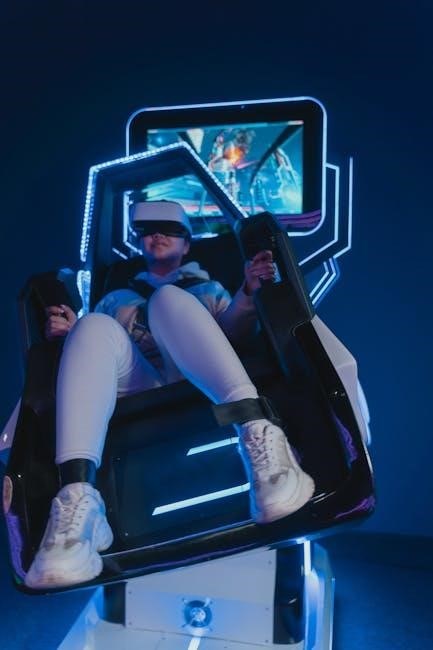
Simulation and Simulacra in Contemporary Media
Digital technologies and virtual reality blur boundaries between reality and simulation, while social media amplifies hyperreality, reshaping contemporary media landscapes.
5.1. The Impact of Digital Technologies on Reality
Digital technologies have profoundly reshaped reality, creating layers of simulation that often obscure the physical world. The internet, social media, and virtual reality generate hyperreal experiences, where simulations of reality become indistinguishable from reality itself. Algorithms and AI-driven content curate personalized worlds, further distorting objective truth. This digital overlay influences perception, making it difficult to discern what is authentic and what is constructed. Baudrillard’s concept of hyperreality is evident in how digital technologies mediate human interactions, often replacing direct experiences with simulated ones. The proliferation of deepfakes, AI-generated content, and immersive technologies accelerates this trend, raising ethical questions about the future of reality in a digital age.
5.2. Virtual Reality and the Blurring of Boundaries
Virtual reality (VR) has emerged as a powerful tool for creating immersive simulations, further blurring the lines between the physical and digital worlds. By generating hyperreal environments, VR technology enables users to experience simulations that feel indistinguishable from reality. This phenomenon aligns with Baudrillard’s concept of hyperreality, where simulations replace authentic experiences. The rise of VR highlights how digital technologies are reshaping perceptions of reality, leading to a preference for simulated worlds over the physical. As VR becomes more advanced, it challenges traditional notions of identity and interaction, raising questions about the long-term implications of living in a world where boundaries between reality and simulation are increasingly obscured.
5.3. The Role of Social Media in Creating Hyperreality
Social media platforms are central to the creation and dissemination of hyperreality, as they facilitate the widespread sharing of curated and manipulated content. According to Baudrillard’s theory, these platforms generate simulacra—copies without originals—that replace authentic experiences with idealized representations. Users often present highlight reels of their lives, fostering a culture where reality is shaped by digital narratives. Social media algorithms amplify these simulacra, creating echo chambers that reinforce hyperreal perceptions. This digital environment, filled with filters, likes, and shares, distorts reality, making it increasingly difficult to distinguish between genuine experiences and constructed illusions. Social media thus embodies Baudrillard’s concept of a hyperreal world.
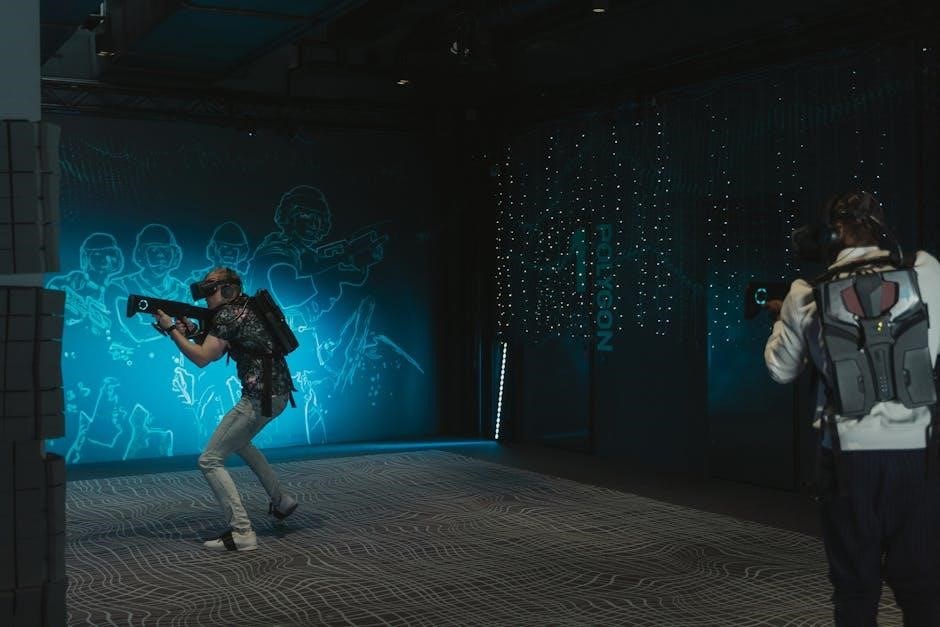
The Sociological Implications of Baudrillard’s Ideas
Baudrillard’s concepts of simulation and hyperreality reveal how social structures are shaped by illusionary representations, influencing identity, power dynamics, and cultural norms in postmodern societies.
6.1. The Disappearance of the Symbolic Order
Baudrillard’s theory suggests that the symbolic order, which traditionally grounded meaning in society, has eroded in favor of hyperreality. Symbols now operate without reference to reality, creating a void of authentic meaning. This shift is driven by mass media and consumer culture, where signs and symbols are manipulated to serve economic and political agendas. The disappearance of the symbolic order leads to a society where simulations of reality dominate, and individuals struggle to distinguish between genuine experiences and constructed illusions. This phenomenon profoundly impacts social interactions, power structures, and cultural identity, fostering a world detached from tangible truths.
6.2. The Commodification of Reality in Late Capitalism
In late capitalism, reality is increasingly commodified, transformed into a product shaped by market forces. Baudrillard argues that simulations and hyperreality dominate, where consumer culture and media construct perceptions of reality. Authentic experiences are replaced by manufactured illusions, serving economic interests rather than reflecting truth. This commodification extends to social interactions, where relationships are mediated by consumerist values. The proliferation of digital technologies and advertising further accelerates this process, creating a world where reality is no longer distinguishable from its simulations. This transformation profoundly impacts societal structures, reducing life to a series of market-driven spectacles.
6.3. The Effects of Simulation on Social Interactions
Baudrillard’s theory illuminates how simulation reshapes social interactions, often replacing authentic experiences with hyperreal representations. In contemporary society, digital platforms and media foster interactions based on curated personas and idealized images, leading to a disconnect from genuine human connection. Social media, for instance, encourages users to present polished versions of themselves, fostering superficial relationships. The precession of simulacra means these mediated interactions influence real-life behaviors, blurring the lines between actual and simulated social dynamics. Moreover, technologies like virtual reality further complicate social engagements, potentially reducing intimacy and depth in human relationships. Thus, simulation in social interactions reflects and reinforces the broader hyperreal conditions of postmodern life.
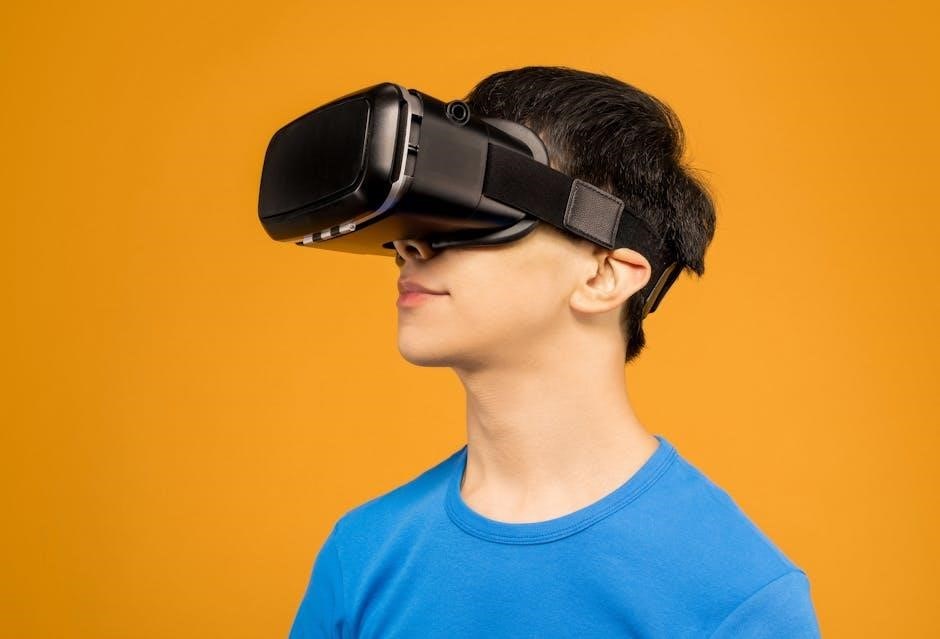
Case Studies: Simulation and Simulacra in Popular Culture
Jean Baudrillard’s concepts of simulation and hyperreality are evident in popular culture, notably in The Matrix, which depicts a world where reality is a simulation. His ideas influence films, literature, and art, reflecting simulacra’s pervasive impact on modern media.
7.1. The Matrix as a Representation of Hyperreality
The Matrix exemplifies Jean Baudrillard’s concept of hyperreality, where a simulated world replaces authentic reality. The film depicts humans unknowingly trapped within a digital simulation created by machines, mirroring Baudrillard’s notion that society increasingly relies on models of reality rather than reality itself. The Matrix’s layered realities—illusionary and actual—highlight the theme of hyperreality, where simulations dominate human perception and experience. This aligns with Baudrillard’s theory that in hyperreality, simulations are indistinguishable from the real, shaping cultural and social interactions. The film serves as a visual metaphor for Baudrillard’s philosophical ideas, making them accessible to a broader audience.
7.2. Simulation in Film and Literature
Beyond The Matrix, simulation and simulacra are recurring themes in film and literature. Works like Inception and Blade Runner explore layered realities, where simulations blur the line between the real and the artificial. Philip K. Dick’s novels, such as Do Androids Dream of Electric Sheep?, delve into synthetic realities and emotional simulations. These narratives reflect Baudrillard’s theory of hyperreality, where copies without originals dominate. They illustrate how simulation shapes human perception, often questioning what is authentic. Such cultural expressions provide accessible representations of Baudrillard’s philosophical ideas, making his concepts resonate beyond academic circles and into popular culture.
7.3. The Influence of Baudrillard’s Theory on Contemporary Art
Jean Baudrillard’s theory of simulation and simulacra has profoundly influenced contemporary art, inspiring artists to explore hyperreality and the blurring of boundaries between the real and the artificial. Digital artists and those working with virtual reality often create immersive experiences that reflect Baudrillard’s notion of a world dominated by copies without originals. This influence is evident in works that question authenticity and challenge traditional representations of reality. By engaging with Baudrillard’s ideas, artists provoke critical reflection on the nature of truth and existence in a hyperreal world, pushing the boundaries of artistic expression and cultural critique.
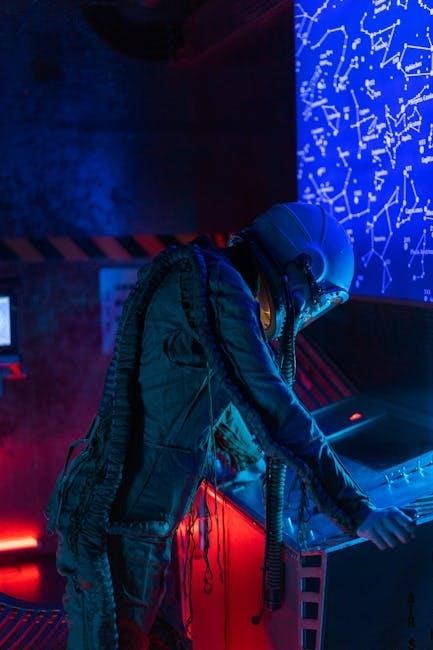
The Critique and Reception of Baudrillard’s Work
Baudrillard’s theory of simulation and simulacra has sparked significant debate, with scholars praising its insight into hyperreality while others critique its perceived pessimism and lack of empirical grounding.
8.1. Academic Responses to Simulation and Simulacra
Scholars have extensively debated Baudrillard’s concepts of simulation and simulacra, with some praising their ability to explain postmodern society’s reliance on hyperreality. Researchers like M. Foucault and M. Tlostanova have explored how these ideas illuminate the disappearance of symbolic order. Baudrillard’s work has influenced various fields, including media studies, sociology, and philosophy, offering a critical lens for understanding contemporary culture. While some critics argue that his theories lack empirical support, others emphasize their value in analyzing the socio-historical context of hyperreality. The academic community continues to engage with Baudrillard’s ideas, recognizing their relevance in addressing the complexities of modern technological and cultural shifts.
8.2. Criticisms of Baudrillard’s Concept of Hyperreality
Baudrillard’s concept of hyperreality has faced criticism for its perceived lack of empirical grounding and overgeneralization. Some scholars argue that his theory oversimplifies the complexities of reality, dismissing tangible social and material conditions. Critics like M. Foucault and others contend that Baudrillard’s ideas often prioritize philosophical abstraction over concrete analysis, making them less applicable to real-world issues. Additionally, his notion of hyperreality is criticized for being too broad, potentially obscuring the distinctions between simulation and actual lived experiences. These critiques highlight the challenges in applying Baudrillard’s theory to practical sociological or political analyses, as it may overlook the agency and diversity of human experiences.
8.3. The Legacy of Baudrillard’s Ideas in Modern Thought
Jean Baudrillard’s ideas on simulation and hyperreality have left a lasting impact on modern thought, influencing fields from sociology to cultural studies. His work challenges traditional notions of reality, encouraging critical reflection on media and technology’s role in shaping perceptions. Baudrillard’s concepts are particularly relevant in analyzing digital cultures, virtual reality, and social media, where simulacra often dominate. While some critics argue his theories are abstract, they remain foundational for understanding postmodern society. His legacy endures as a key thinker in unpacking the complexities of contemporary hyperreality, offering insights into how simulations shape human experiences and interactions in an increasingly mediated world.
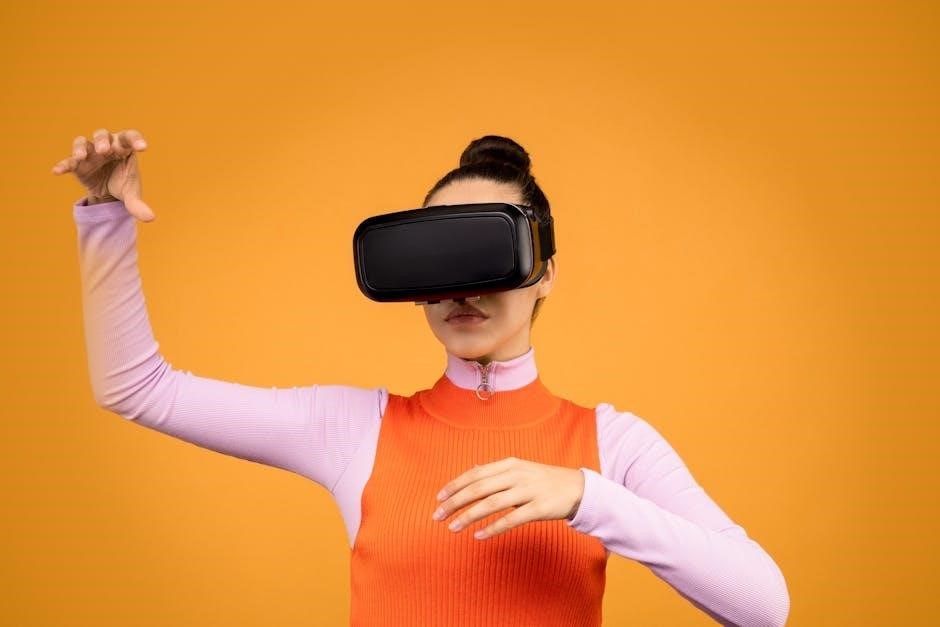
The Practical Applications of Baudrillard’s Theory
Baudrillard’s ideas are applied to analyze advertising, consumer culture, and political discourse, helping to understand how simulations shape perceptions and behaviors in hyperreality.
9.1. Understanding Advertising and Consumer Culture
Jean Baudrillard’s theory of simulation and simulacra provides insight into how advertising shapes consumer culture by creating hyperreal images that replace authentic experiences. Advertisements often use semiotics to construct idealized lifestyles, influencing consumer behavior. Baudrillard argues that in a hyperreal world, products are no longer valued for their functional use but for their symbolic value. This commodification of reality transforms consumption into a form of identity construction. By analyzing advertising through Baudrillard’s lens, we see how simulations of reality are used to manipulate desires, blurring the line between real needs and artificially created wants in late capitalist societies.
9.2. The Role of Simulation in Political Discourse
Jean Baudrillard’s theory of simulation and simulacra illuminates how political discourse often operates through hyperreality, where mediated images and narratives replace tangible realities. Politicians and media construct simulations of leadership, policies, and crises, shaping public perception. These simulations, detached from actual events, create a world of appearances that influence voter behavior. Baudrillard argues that such hyperreal political constructs mask the absence of genuine ideological substance, leading to a disconnection between political rhetoric and real-world issues. This manipulation of reality through simulation undermines critical engagement, fostering a society that interacts with political illusions rather than substantive policies and ethical governance.
9.3. Simulation in Education and Learning Processes
Jean Baudrillard’s concept of simulation highlights how educational systems increasingly rely on hyperreal learning environments. Simulations, such as virtual labs or historical reenactments, create immersive experiences that mimic reality but lack direct connection to it. While these tools enhance engagement and accessibility, they risk replacing authentic learning with sanitized, controlled versions of knowledge. Baudrillard argues that such simulations can lead to a detachment from real-world complexities, fostering a culture of abstraction. This raises questions about the balance between innovative pedagogy and the preservation of tangible, experiential learning in an era dominated by digital and hyperreal educational models.
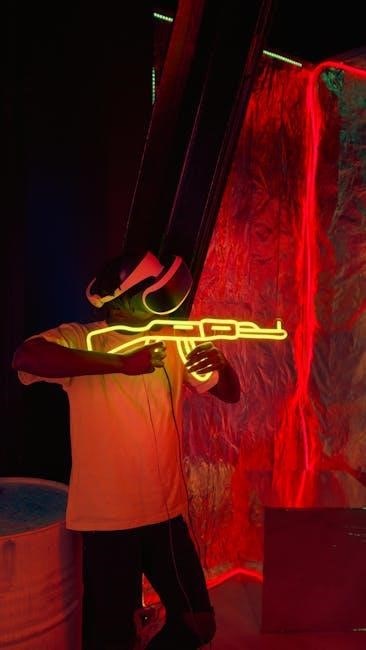
The Future of Simulation and Simulacra
The future of simulation and simulacra lies in advancing digital technologies, further blurring the lines between reality and hyperreality. Ethical questions about synthetic experiences will intensify.
10.1. The Potential for Further Blurring of Reality and Simulation
The potential for further blurring of reality and simulation is immense, driven by advancements in digital technologies and artificial intelligence. Virtual reality (VR) and augmented reality (AR) are already reshaping how we perceive and interact with the world. As these technologies become more sophisticated, the distinction between authentic experiences and simulated ones may become increasingly indistinguishable. This raises critical questions about the nature of truth and identity in a hyperreal world. The integration of simulation into everyday life, from entertainment to education, will likely deepen societal reliance on synthetic experiences, further eroding the boundaries between the real and the simulated.
10.2. The Ethical Implications of Hyperreality
The ethical implications of hyperreality are profound, as it challenges traditional notions of authenticity and truth. In a world where simulations dominate, the manipulation of information and experiences raises concerns about deception and control. The commodification of hyperreality, particularly in advertising and media, can lead to the exploitation of individuals, fostering consumerism and alienation. Moreover, the erosion of objective truth in favor of constructed narratives undermines critical thinking and democratic processes. As hyperreality becomes more pervasive, society must grapple with ethical dilemmas surrounding the creation, dissemination, and consumption of simulated realities, ensuring that moral frameworks adapt to these evolving challenges.
10.3. The Role of Technology in Shaping Future Simulacra
Technology plays a pivotal role in shaping future simulacra by advancing the creation and dissemination of hyperreal experiences. Digital tools, such as virtual and augmented reality, are redefining how simulations interact with human perception. The internet and social media amplify the reach of simulacra, creating immersive environments where distinctions between reality and simulation blur. Artificial intelligence further accelerates this process by generating sophisticated models that mimic reality. As technology evolves, it enables more convincing and pervasive simulacra, raising questions about their impact on identity, culture, and society. The integration of technology in daily life ensures that future simulacra will be increasingly indistinguishable from reality.
Jean Baudrillard’s theory of simulation and simulacra remains highly relevant, offering insights into hyperreality’s pervasive influence in digital media, culture, and society, shaping critical discourse on modernity.
11.1. The Continuing Influence of Simulation and Simulacra
Baudrillard’s concepts of simulation and simulacra continue to influence contemporary thought, particularly in analyzing digital media, virtual reality, and social networks. His ideas are widely referenced in cultural studies, sociology, and philosophy, offering a framework to understand how hyperreality shapes perceptions of reality. The rise of technologies like AI and VR has further validated his theories, as simulacra increasingly replace authentic experiences. Baudrillard’s work remains a cornerstone for critiquing modern society’s reliance on mediated realities, ensuring his theories stay relevant in exploring the evolving nature of truth and representation in the digital age.
11.2. The Need for Critical Engagement with Hyperreality
Engaging critically with hyperreality is essential to discerning truth from illusion in a world dominated by simulations. Baudrillard’s theory urges individuals to question mediated realities, especially in digital spaces where images and information are manipulated. Critical engagement helps identify how simulacra shape perceptions, influencing decisions and beliefs. Without such scrutiny, individuals risk losing touch with authentic experiences, leading to a society detached from reality. By fostering critical thinking, Baudrillard’s ideas empower individuals to navigate hyperreal landscapes consciously, preserving the ability to distinguish fact from fiction in an increasingly mediated world.
11.3. The Future of Reality in a Hyperreal World
The future of reality in a hyperreal world remains uncertain, as simulations continue to blur the lines between authenticity and illusion. Baudrillard’s theory suggests that hyperreality will deepen, with technology advancing the creation of more sophisticated simulacra. This could lead to a society where the distinction between real and fake becomes increasingly irrelevant. Critical engagement will be essential to navigate this landscape, as individuals must actively discern truth from illusion. The ethical implications of hyperreality demand attention, as it challenges traditional notions of identity, truth, and existence. Adapting to this evolving reality will require a balance between embracing innovation and preserving authentic human experiences.
